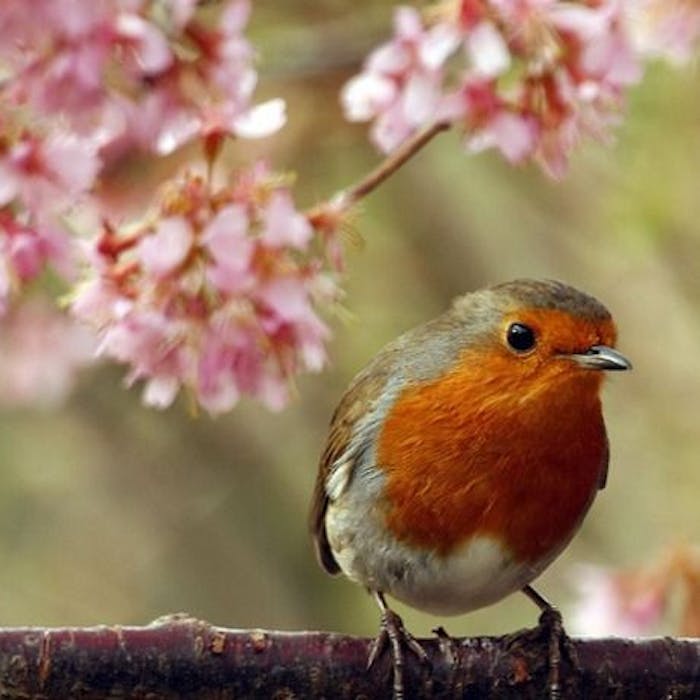
Robin redbreast – the UK’s favourite bird
The robin topped a poll of more than 200,000 people in 2015 to choose the UK's first national bird. With its bright red breast, it is a familiar site in British gardens throughout the year, especially at Christmas.
Males and females look identical, and young birds have no red colouring but are spotted with golden brown. They sing nearly all year round and are aggressively territorial. As well as being resident in gardens, robins also live in woodland, hedgerows and parks across the UK.
Almost all other European common names for this bird simply mean ‘red-breast’ and it’s unclear how the English name of ‘robin’ came into use. Use of the name 'robin' is relatively recent, with the British Ornithologist's Union official list accepting 'robin' only as recently as 1952. Historically, the name 'Ruddoc' was used by the Anglo-Saxons but by the Middle Ages, the name 'redbreast' was in use. The 'robin' component was added later (sometime in the 15th or 16th century) and appears to be an affectionate nickname associating the bird with the legends of Robin Goodfellow and Robin Hood.
On average, robins only live a couple of years, but the oldest known individual in the wild was 11 years and 5 months. In a mild winter, robins start courtship in January, but the breeding season normally begins in March. The birds pair only for the duration of the breeding season. Courtship feeding is a very prominent activity, and the male can supply more than a third of his mate's food intake during nest building and egg laying. Robins are very sensitive to disturbance during this period so it’s best to stay away until the incubation period begins.
Further reading
Links to external websites are not maintained by Bite Sized Britain. They are provided to give users access to additional information. Bite Sized Britain is not responsible for the content of these external websites.
